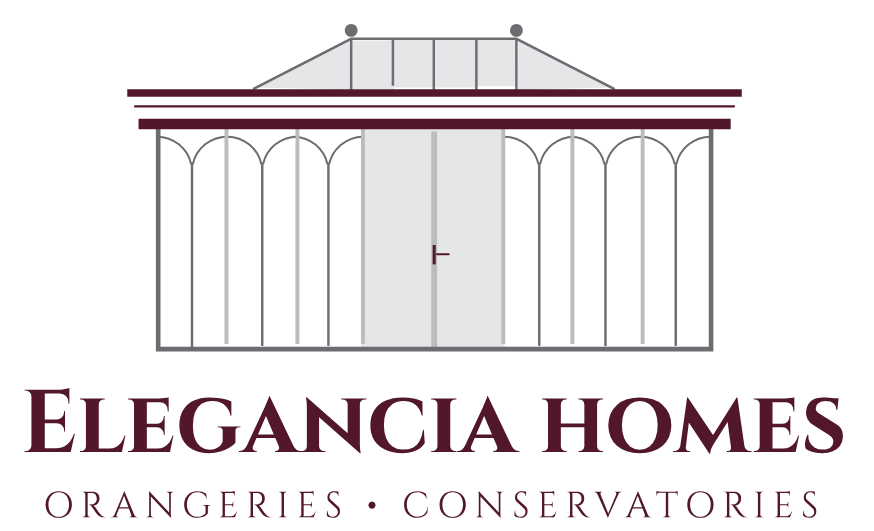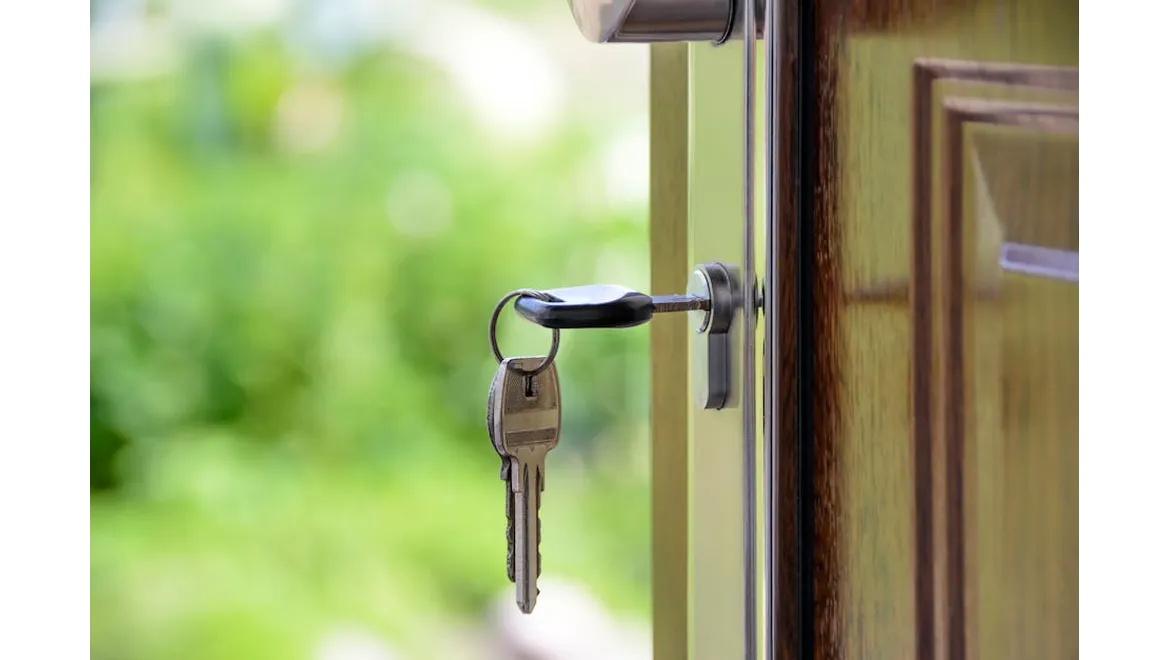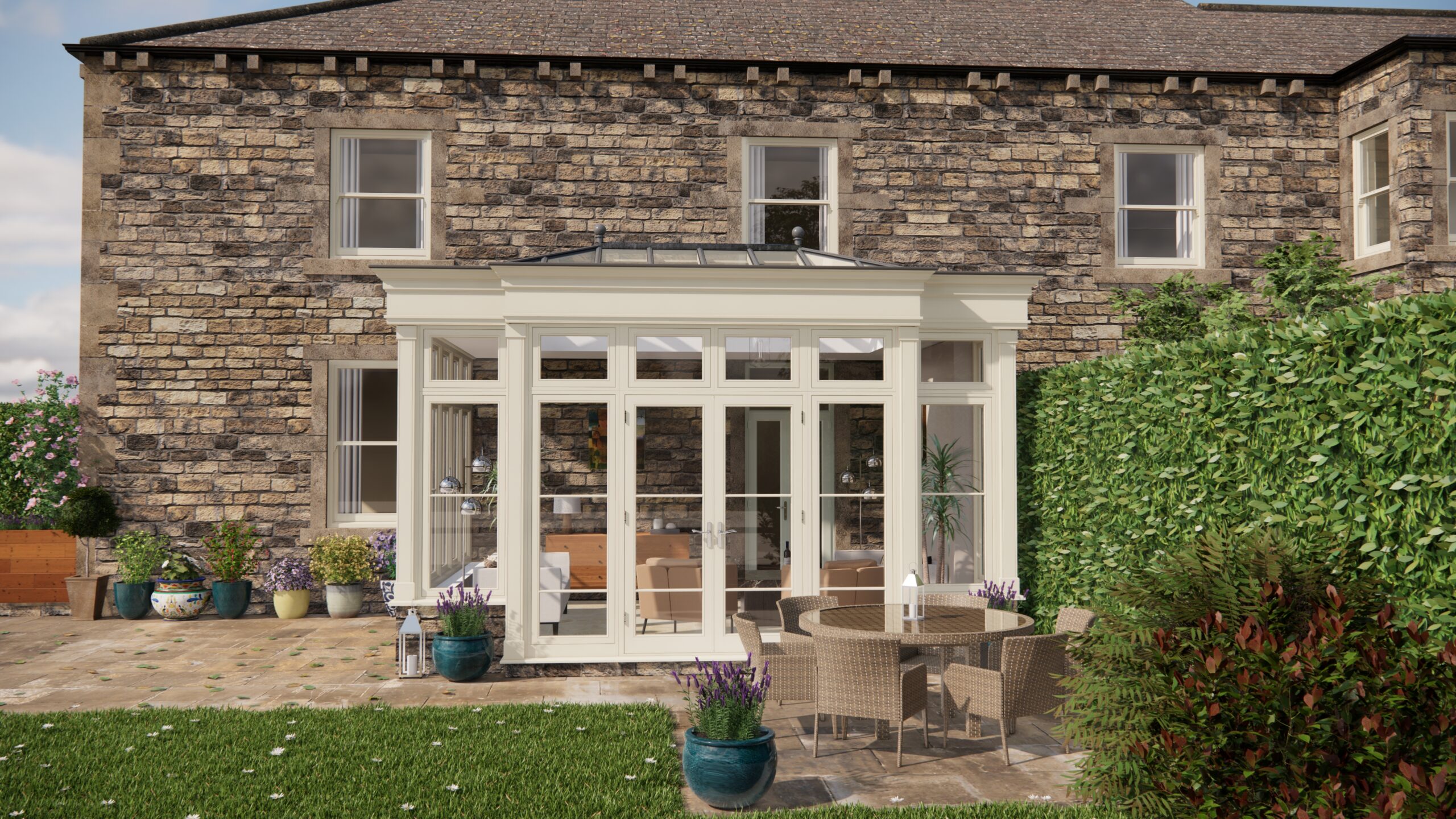Right, let’s talk orangeries and outbuildings. I’ve recently been diving deep into the world of these beautiful additions, researching articles covering everything from the perfect sandstone finish to navigating the labyrinthine UK planning regulations (especially tricky with listed buildings!). But something kept cropping up, almost as persistently as damp in a poorly constructed wall: security. And naturally, security then leads to insurance. So, I decided to tackle the specifics of how your security choices impact your insurance premiums, because, let’s face it, a stunning orangery doesn’t feel quite so stunning if it’s a security risk.
The article I was analysing, “Insurance Considerations for Orangery and Outbuilding Security,” was particularly helpful. It drilled down into exactly what insurance companies are looking for, and how to make sure you’re getting the best possible coverage. It’s not just about ticking boxes; it’s about creating a secure, insurable space.
Alarm Systems: Your First Line of Defence
Firstly, alarm systems are practically mandatory. But not all alarms are created equal. The article highlighted that insurance companies favour professionally installed and monitored systems. Why? Because they offer a faster response time and are less prone to false alarms (which can actually increase your premiums if they become frequent!). Think about it: a monitored alarm means someone is actively watching your property and can dispatch the authorities if needed.
When choosing an alarm system, consider the size and layout of your orangery or outbuilding. Window and door sensors are essential, but motion detectors can also be a valuable addition, especially in larger spaces. Ensure the system is linked to a central monitoring station and that you understand the procedures for setting and disarming the alarm. Regular maintenance is also crucial to ensure the system functions correctly when needed.
Reinforced Glass: Keeping Intruders Out
Next up, the article covered reinforced glass. A standard pane of glass is easily shattered, making it a prime entry point for burglars. Reinforced glass, whether laminated or toughened, significantly increases the difficulty of forced entry. Laminated glass consists of multiple layers of glass bonded together with a plastic interlayer, while toughened glass undergoes a heat treatment process that makes it much stronger.
From an insurance perspective, reinforced glass demonstrates a serious commitment to security. While it might be a more expensive upfront investment, the potential savings on your insurance premiums, not to mention the peace of mind, can make it worthwhile. When specifying reinforced glass, check the European standards (EN) to ensure it meets the required security rating. Remember to discuss the security ratings with your glazing installer who can help you decide what type of glass would be most suitable.
Secure Locking Mechanisms: The Devil’s in the Detail
Finally, let’s talk locks. Basic locks are, well, basic. Insurance companies often require specific standards of locking mechanisms on doors and windows, particularly on outbuildings. Look for locks that meet British Standards (BS), especially BS3621 for doors and BS7950 for windows. These standards indicate that the locks have been tested and certified to resist common burglary techniques.
The article emphasised that the quality of the installation is just as important as the quality of the lock itself. A poorly installed high-security lock is just as vulnerable as a basic one. Use a qualified and experienced locksmith to fit your locks, and ensure they are properly aligned and secured to the door or window frame. Don’t forget to consider adding security bolts or bars to vulnerable points, such as doors with large glazed panels.
High-Value Items: A Separate Conversation
The article also touched on the specific insurance requirements for high-value items stored in orangeries. This is where things get even more nuanced. If you plan to keep valuable items in your orangery – antiques, artwork, expensive garden equipment – you’ll likely need to declare these separately and possibly obtain specialized coverage. Insurers will want to know exactly what security measures are in place to protect these items, and they may require additional precautions, such as safes or display cabinets with enhanced security features.
Ultimately, creating a secure orangery or outbuilding isn’t just about meeting insurance requirements; it’s about protecting your property and your peace of mind. By investing in robust security measures, like monitored alarm systems, reinforced glass, and high-quality locks, you can not only reduce your insurance premiums but also deter potential intruders. Make sure to document all security upgrades and provide this information to your insurance provider to ensure accurate coverage and optimal rates. Careful planning and diligent execution are key to ensuring your orangery is a secure and enjoyable space for years to come.


